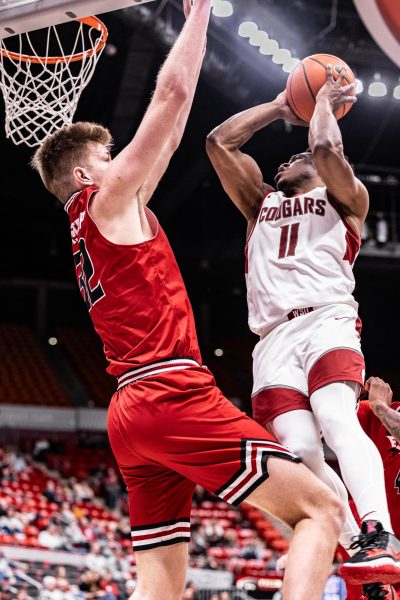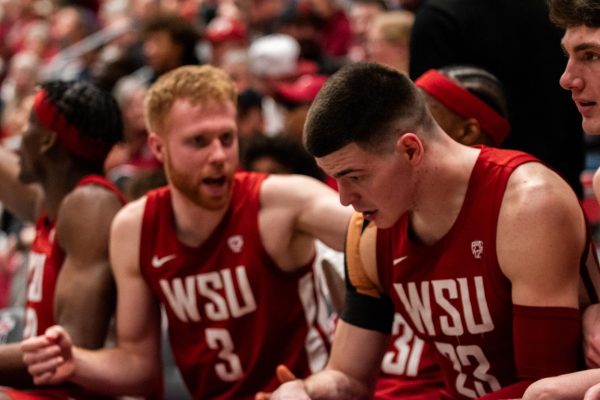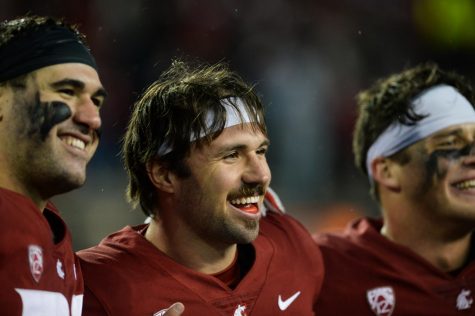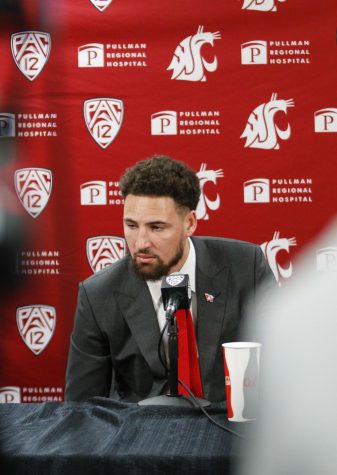Pullman 2040 aims to improve downtown’s atmosphere
Survey results show locals want wider sidewalks, more pathways and a joint community calendar
July 12, 2017
Pullman 2040 is a community initiative striving to eliminate weaknesses of the town with six task forces, one of which is environment and recreation. A survey conducted earlier this year made it apparent that community members desire a revitalized downtown, more pathways and bolder environmental efforts.
Garren Shannon, IT director for the Pullman School District and task force facilitator, said he was enthusiastic about the number of responses received. He admitted that obtaining input from the college population was particularly difficult, but in total, hundreds of replies came in.
“Rarely do you get input,” Shannon said. “You throw out a questionnaire and hardly anybody seems to come back with a voice … but when we asked as a 2040 committee, we got all sorts of feedback.”
For the most part, students harmoniously criticized Pullman’s downtown atmosphere — or lack thereof, Shannon said.
“The university is a city within a city and has all amenities: theater, food, groceries, restaurants, recreation and entertainment,” Shannon said. “There’s nothing that draws students into town.”
Shannon clarified that the bars, coffee shops and restaurants have steady business, but they struggle to add much night-life.
“You go down to Pullman at 5:30 at night on a Friday or Saturday,” Shannon said, “[it is] very subdued.”
Pullman’s city neighbor, Moscow, doesn’t have this problem, Shannon said. The University of Idaho does not act as a city within a city because the campus lacks enough amenities to maintain the town’s relevance.
To resolve this issue, the Pullman 2040 facilitators wanted to first look at synonymous examples — Coeur d’Alene being one.
Years ago, Coeur d’Alene revamped their parking facilities, added walkways, expanded paths and distributed art throughout downtown. There was also a strong emphasis on the importance of a public message board as a one-size-fits-all for city communication.
Pullman has multiple mediums for city communication. The Executive Director at Pullman Chamber of Commerce and task force facilitator Marie Dymkoski said that the chamber has pieced together a calendar of local events. However, it’s not uncommon for some events to be missed altogether.
“There are always things that get missed or organizations that don’t submit them to us,” Dymkoski said. “WSU has many different calendars, and it can be difficult to find all the things to do on campus in one location.”
Shannon brought up that this is a direct result of echo chambers in media — following people and organizations that you most align with. This is to mean that WSU’s calendar focuses on WSU events while the city’s calendar looks also at events occurring outside of the university.
“Because of your mobile connection piece, you’re able to isolate yourself to only communicate with those who you think alike,” Shannon said.
The reason Pullman 2040 began was due to these “little enclaves of independence,” as Shannon put it. Groups within the community sometimes feel they are isolated.
Dymkoski added that a common place for events would be beneficial to everyone. She said that there’s nothing worse than hearing about an interesting event after it has occurred.
One of the most common community critiques was the lack of walkways and paths throughout Pullman, along with little signage. Both students and long-time community members indicated that they’d like to see improvement.
Transportation Demand Management Coordinator at WSU’s Transportation Services Brent Atkinson said that better signage is something his department is working on. He said this was one of the few voiced complaints about paths in Pullman, but it would be improved.
Pullman’s sidewalks are extremely narrow, Shannon said. So much so that it can be difficult for three people to walk side-by-side.
Of course, the last challenge that is unique to Pullman are the hills. With the exception of a few places like Spring Street, Shannon said that Pullman is relatively bike-friendly.
“When you take a survey around the city, drive around,” Shannon said, “you’ll note that in most places, we have pathways that are OK for bikes.”
The community made clear that they’d specifically like to see more work done near the river that flows downtown.
“Obviously, we have challenges with flooding at times,” Shannon said. “During those not-flooding times, we could probably do a little bit more there. And the city already recognizes some of that, but let’s make sure the city also recognizes that the community has said this is an important thing for them to know.”

















